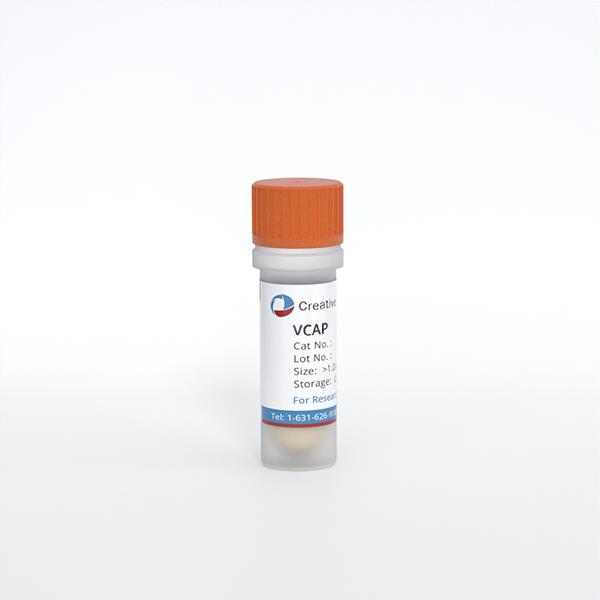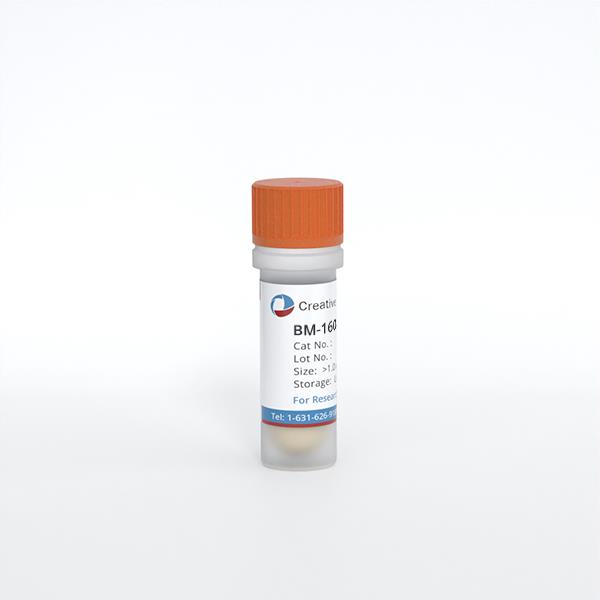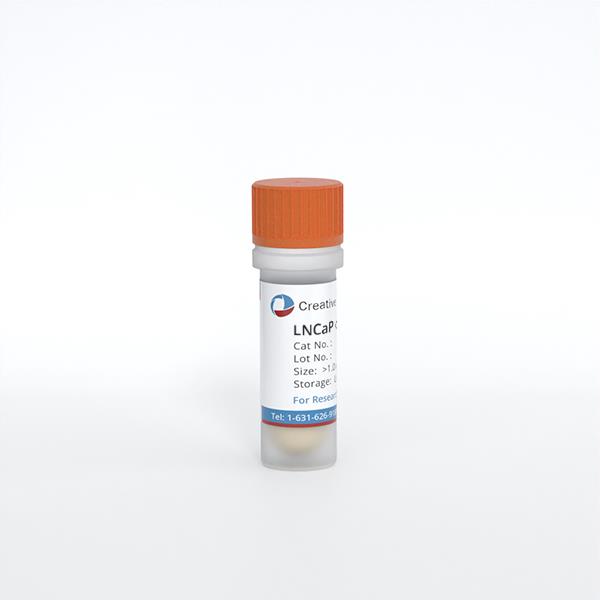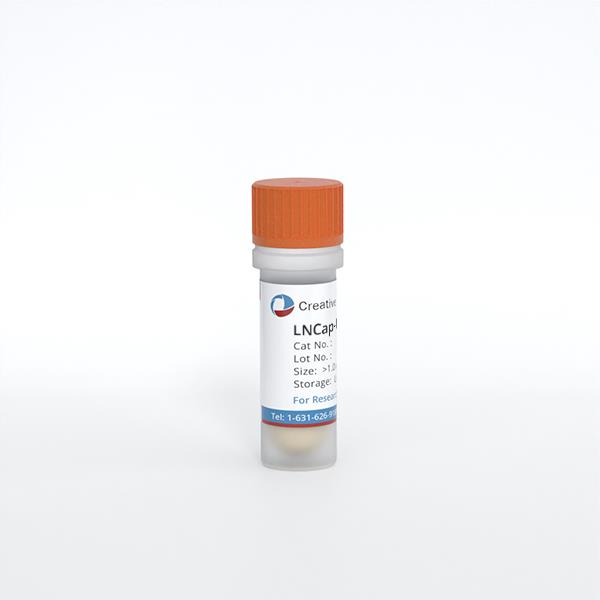Featured Products
Our Promise to You
Guaranteed product quality, expert customer support

ONLINE INQUIRY

VCAP
Cat.No.: CSC-C8204L
Species: Homo sapiens, human
Source: Prostate metastasis
Morphology: epithelial
Culture Properties: adherent
- Specification
- Q & A
- Customer Review
CSF1PO: 10,12
D13S317: 11,12
D16S539: 9
D5S818: 12
D7S820: 9,12
THO1: 9.3
TPOX: 8,11
vWA: 18,19
The main difference between TEM and SEM lies in the imaging technique. While TEM passes electrons through a thin specimen to create an image, SEM scans a focused beam of electrons across the surface of a specimen to generate a 3D image. TEM provides higher resolution for internal structure analysis, while SEM is better suited for surface imaging.
Ask a Question
Average Rating: 5.0 | 1 Scientist has reviewed this product
Reliable
As a cancer biologist, the tumor cells I purchase from Creative Bioarray maintain their genetic and phenotypic characteristics, allowing me to study key pathways and mechanisms associated with tumors.
13 Apr 2023
Ease of use
After sales services
Value for money
Write your own review
- You May Also Need







